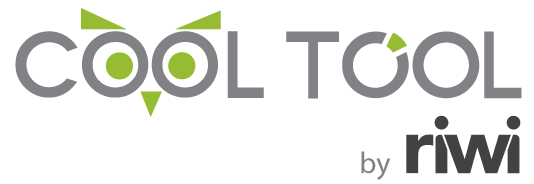Market researchers and the organizations or clients they represent rely heavily on vast amounts of information to make informed decisions. Decisions therefore can only be as sound as the insights that have informed them. It isn’t a venture to consider that the success of strategic decisions hinges on one crucial factor: the quality and accuracy of the data being collected.
But how can one be sure of data quality? The processes by which data was acquired must be examined.
Defining Data Collection Transparency
Data collection transparency refers to the openness and clarity with which the entire process of data acquisition is communicated to stakeholders, including respondents, clients, and participants. It involves disclosing the methods, tools, and techniques used to gather information, ensuring that all parties involved have a comprehensive understanding of the process.
In recent years, data collection transparency has emerged as an often controversial topic amidst rising concerns over data safety and consumer privacy. On the other hand, it is a critical element for market researchers seeking to enhance the trustworthiness and precision of their findings.
For researchers, data collection transparency is a window into how their data came to be and an indication of its ability to foster better decision-making, and ultimately, improved business outcomes.
Improving Data Accuracy through Understanding
- Acknowledging and Limiting Bias: Transparency enables researchers to identify and address potential sources of bias in the data collection process. By acknowledging and understanding these biases, researchers can take corrective measures to ensure that the data collected accurately represents the target population, leading to more reliable insights.
- Identifying Data Gaps: Transparent data collection practices help researchers recognize any gaps or limitations in the data they obtain. Understanding these gaps allows them to make more informed decisions about how to fill them, either through additional research or by adjusting their analysis accordingly.
- Data Validation: Knowing the origin and quality of the data enables researchers to validate its accuracy. When data is sourced from reputable and reliable channels, market researchers can be confident in the legitimacy of their findings and avoid drawing conclusions from potentially erroneous information.
- Enhanced Data Interpretation: Transparency in data collection empowers researchers to interpret the results more effectively. By understanding the context in which data was gathered, they can interpret the findings with greater accuracy and offer more meaningful insights to their clients.
Transparency in data collection does not only benefit researchers and research participants; it also encourages collaboration and fosters innovation within the market research industry. When we openly share our research methodologies and approaches, it facilitates constructive feedback and peer review, factors we know to be critical in the field of research.
